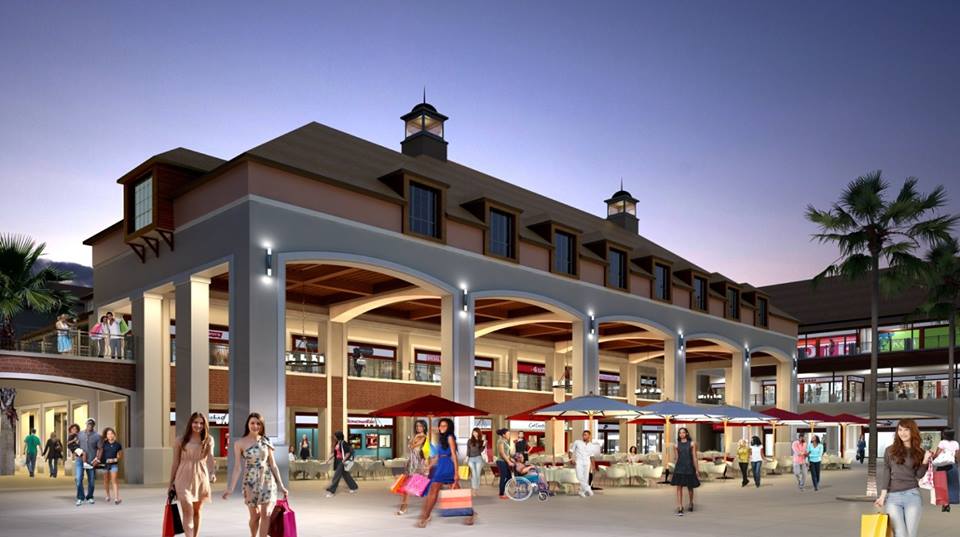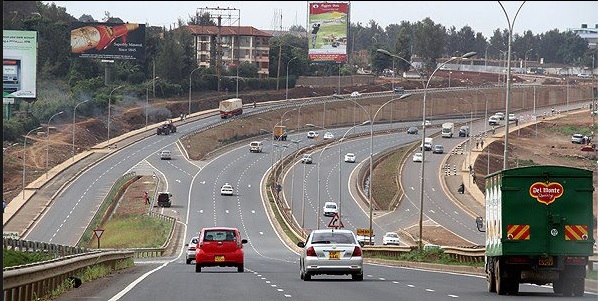
The nineties in Nairobi were characterised by quiet and uninterrupted leafy suburbs and bungalows that stretched on as far as the horizon, and whatever the eye could see. This aspiring global metropolis may have lacked any great river to straddle, but it’s lifeline stemmed rather convincingly and recurrently from the double prong of administration and tourism, two key elements that have enabled it to retain its regional reign for over a century.
READ: The Architectural History of the Green City in the Sun
There was no vertical competition worth taking notice of in this era and social spaces were rather conventional and ‘natural’; families and their patriarchs were only interested in long and blissful weekend drives or walks to either the National Park, to catch up with close friends at Country Clubs, or randomly but occasionally venture to either the Yaya Centre in Kilimani or to the Mall and Sarit Centre in Westlands.
Even then, shopping malls were never places to go and hangout and eat – they were more so vestiges of serious businesses; traders in either clothes, dry-cleaning, banking or perishable goods at the supermarket. The only cinemas available in the nineties, often decked with queues that would stretch over half a kilometre long, were Kenya Cinema, the 20th Century and FOX Sarit (which happened to the newest and most state-of-the-art kid on the block.
Enter the 21st century and Nielsen data most recently ranked Kenya as the second biggest retail economy on the continent, after behemoth South Africa. Kenyans, previously contentedly oblivious to the silent retail race that had gripped much of the West, and big brother South Africa, swiftly took to the amalgamation of amenities at shopping centers. The society was rapidly being introduced to a juxtaposition of all manners and sorts, largely thanks to homegrown supermarket conglomerates that were diversifying their offering, by registering as anchor tenants at complexes that were cropping up across the city.
Nakumatt in the mid 2000s opened its most significant outlet at the corner of Ngong Road and Kingara Road, the Junction, a development that risked rivaling its own store at Prestige Plaza, but an opportunity its management would not let pass by, especially to Uchumi that was offered first dibs. This was part of a larger intrinsic framework that involved a shift in retail towards suburbia, rather than what was previously a critical angular core of Kenyatta Avenue, Kimathi Street and Mama Ngina.
Within no time, other stores were springing up as far and wide as in Doonholm Estate and Ongata Rongai, with the likes of mass market-centric Tuskys, Ukwala and Naivas Supermarkets seeking a cut in the pie. With the wholesalers, came the Banks, and the Salons, and the Restaurants & Cafes and the Cinemas. While nineties Nairobi residents would have enjoyed a cup of coffee in an alfresco Hotel balcony, the 21st century would be more characteristic of rooftop sundowners, coffee at a shopping mall cafe, or catching a movie within the confines of a shopping complex.
According to a Knight Frank 2015 report, 1.8million square feet of shopping mall space opened in Nairobi alone in 2015 and by 2017, it is expected that a further total of about 1.3million square feet will be added to this. Unreservedly, retail spaces are what drive the economic momentum of not just an urban area, but of the country. Shopping centers seek to, and more often than not successfully so, improve the quality of life of a town or a city.
In my next post, I’ll be looking at a crop of leading Shopping Centers in Kenya’s capital.





Leave a comment